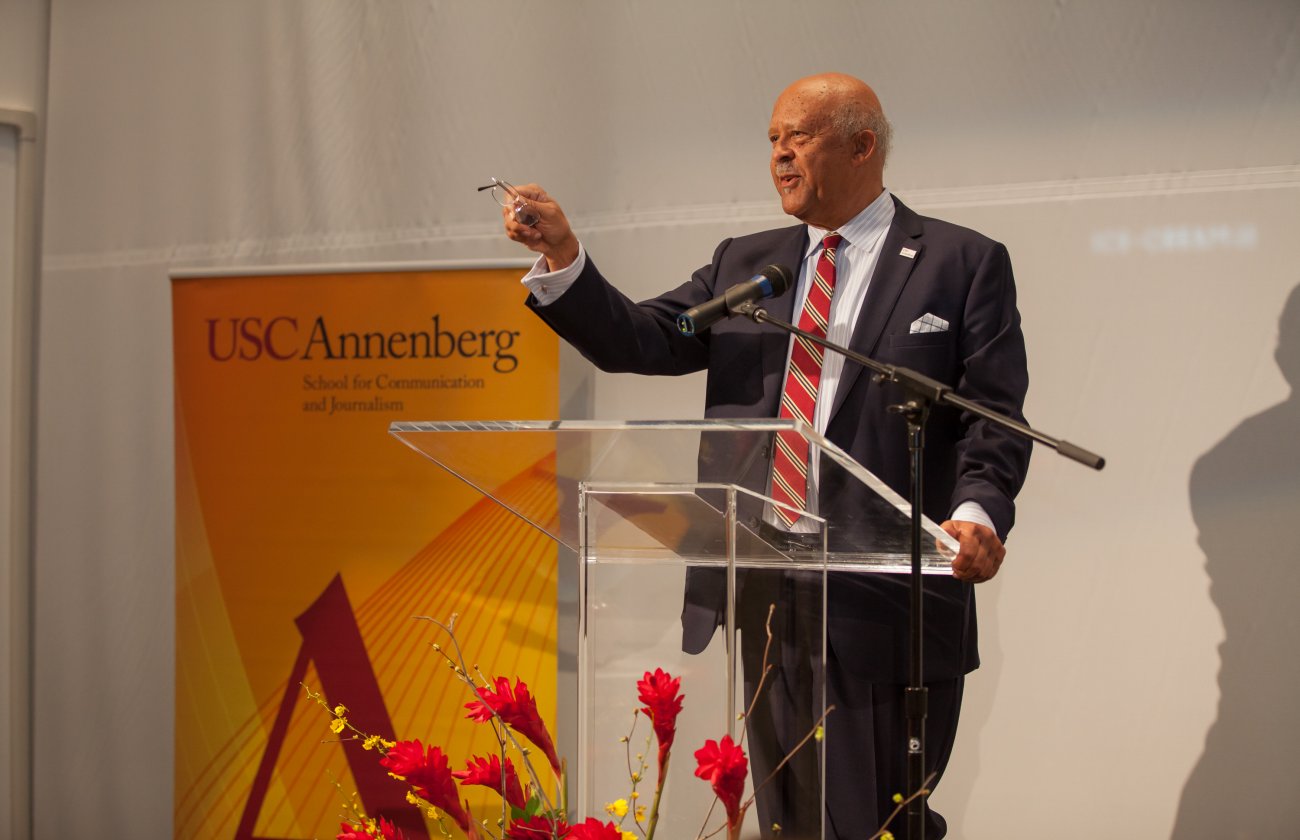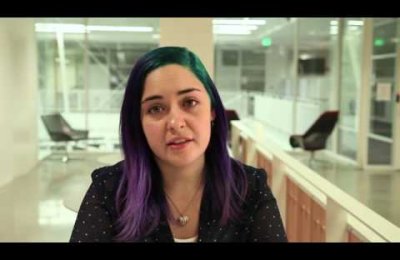By Andrew Good
Los Angeles is filled with stories worth telling. But with newspapers facing staff cuts, certain neighborhoods get overlooked by the media or endlessly reported in the same tired ways.
USC Annenberg is trying to meet those journalistic challenges by launching several projects that are breaking stories no one else is, all while training young journalists how to report on underserved neighborhoods. At the same time, the school is attempting to give those areas one of the greatest rewards of having a hometown newspaper - a sense of community.
So far, the school has produced news outlets covering Boyle Heights, Alhambra and the greater South Los Angeles area. The outlets draw on USC Annenberg students, teen journalists and community volunteers, whose reporting appears in both the print and digital worlds. In many cases, it also appears in multiple languages.
One of the most recent successes has been the Boyle Heights Beat, a print and online publication that recruits local youngsters to be reporters. The youths cover their predominantly Latino neighborhood with a homegrown perspective that lets them control its public image.
When Boyle Heights does appear in the news, it’s often depicted as being plagued by gangs, crime and low incomes, said Michelle Levander of USC, who co-founded the publication with Pedro Rojas, an editor at the Spanish-language daily La Opinión.
“The media coverage tends to be a little bit of a caricature,” she said.
The community of 90,000 people is too big for even La Opinión to cover it adequately, Levander said, leaving opportunities to share news about developments, businesses and arts events, among other subjects. One story was about how crime rates weren’t as high as people realized; another profiled a low-income housing development that could be razed to make room for a shopping complex.
“Many of the kids say they want to change the image of Boyle Heights,” Levander said. “That’s a role media can have, and if the storytellers are local, they have a different perspective than coming from outside.”
South Los Angeles is another area that often lacks detailed media coverage. Reporting for that community is done by volunteers at Intersections South L.A., a program founded and run by USC Annenberg professors Willa Seidenberg and Bill Celis.
Seidenberg said the project started as a mentorship program supporting local teens. It was a good way to get journalism students to explore the neighborhoods around their campus while teaching youngsters how to tell their own stories with the use of media tools.
Mentoring is still a big part of Intersections. Melissa Leu, a recent graduate of the USC Annenberg journalism program, helped coordinate the mentoring program last semester. At the time, there were eight USC mentors working with about 100 youngsters; this semester, there are 30 mentors.
“The point is to get the kids to realize they can be their own reporters, they can talk about themselves and their stories,” Leu said.
In addition to mentoring, Intersections covers major stories from a local angle. Volunteer reporters have written about the recent, contentious redistricting fight and the unfolding scandal at Miramonte Elementary School.
But there also are plenty of stories highlighting the culture and people of the area. Seidenberg said that while the site doesn’t focus solely on “positive” news, writers are drawn to reporting the stories that often go untold.
Alhambra Source, another USC Annenberg website, serves a similar function for the city of Alhambra. It offers community news in English, Spanish and Chinese, with stories and features created by a group of resident volunteers.
The community in Alhambra is fractured, said Daniela Gerson, the site’s project manager and effective editor-in-chief. The city’s three main ethnic populations - Asian, Latino and Anglo - stay relatively siloed from one another. The Alhambra Source was created after several years of research by USC Annenberg professors, who discovered a low level of civic engagement in the city.
“The question for [the Source] to answer is whether having more news translates to more civic engagement,” she said.
So far, she’s seen signs of progress. The Source reported on municipal and school board elections when no one was running against the incumbents. Spotlighting the issue drew an outcry from residents. The site also wrote about a previously reported, unsolved murder that was more than a year old. The renewed attention led to new stories in the Los Angeles Times and Pasadena Star-News.
News outlets like these also give young journalists a place to develop their skills. Levander said the teenager reporters of the Boyle Heights Beat aren’t just learning how to craft a story - they’re grappling with professional responsibilities, such as managing deadlines and figuring out how to produce multimedia pieces as well.
In some cases, these outlets help develop deeper community ties. Gerson said many city officials weren’t aware of what was being reported in Alhambra’s Chinese press before the Source began reporting on that community. Officials have thanked Gerson for bringing inaccuracies to their attention.
All three outlets teach aspiring journalists the value of knowing the community where they report. This is critical to the future of journalism, which needs reporters who need to know “how to find storytellers and do it with a sensitivity and a kind of cultural literacy,” Seidenberg said.
Since starting Intersections, she added, many USC Annenberg students are excited to get out in the field.
“They know there are interesting, rich stories out there.”









